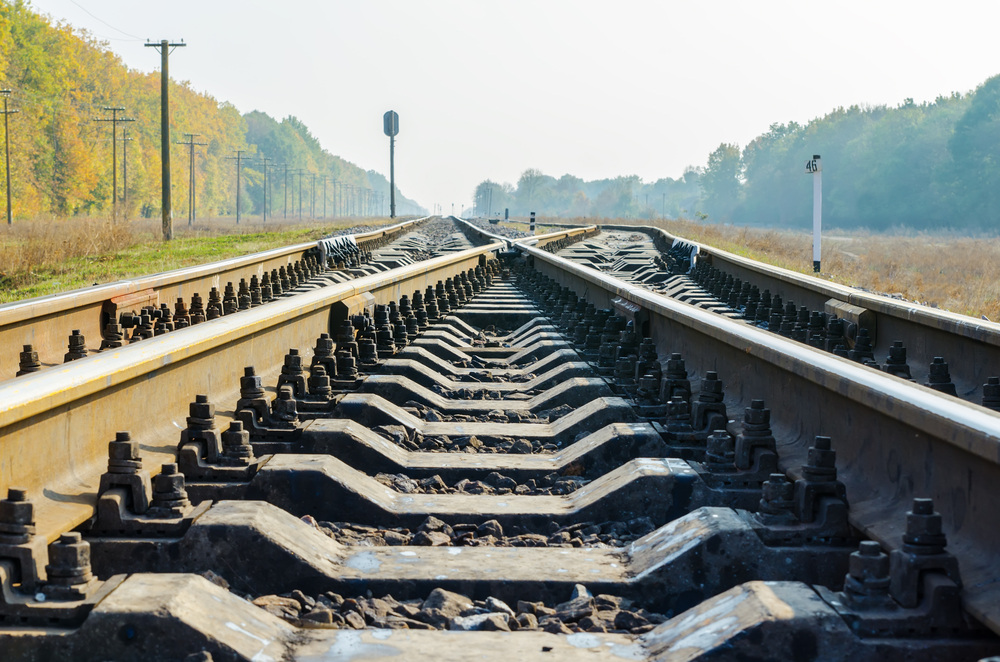
02 Sep What We’re Reading in Infrastructure, September 2
The staff of the Bipartisan Policy Center’s (BPC) Executive Council on Infrastructure share some recent publications, speeches, and testimony relevant to infrastructure policy and finance. The views expressed in these pieces do not necessarily represent the views of the council, its co-chairs, members, advisors or BPC.
Compiled by Nikki Rudnick, Aaron Klein and Jake Varn
To restore infrastructure, private sector must step up
By Doug Peterson and Jason Grumet, The Hill
“Last month Congress once again threw a lifeline to the Highway Trust Fund in the form of another short-term extension. But the reality remains, spending-constrained governments – federal or otherwise – simply can’t afford the essential infrastructure investment our economy needs. Even critically important upgrades to our airports, shipping hubs, and water sanitation systems are beyond their means. There is simply no way to maintain a competitive advantage in terms of infrastructure unless the private sector steps up with additional resources.
“China, for example, invests almost four times more in infrastructure as a percentage of its economy than does the U.S. And our domestic infrastructure funding gap – the difference between our nation’s investment needs and governments’ ability to fund construction and repair of critical public assets – is estimated at $200 billion a year, according to Standard & Poor’s Ratings Services.” Read the article.
Private Infrastructure Dollars Still Face Hurdles
By Tom Ichniowski, Engineering News-Record
“Private-sector executives want to invest more in U.S. infrastructure projects but say regulatory and other barriers are hampering their efforts. Some agencies are addressing the problem.
“Jack Ehnes, California State Teachers’ Retirement System CEO, told reporters in an Aug. 10 Bipartisan Policy Center conference call, ‘Clearly institutional investors have capital available. But we [in the U.S.] absolutely have a very uneven regulatory-political environment that has not made the country nearly as attractive as other parts of the world.'” Read the article.
ATA report predicts continued growth in freight and trucking
Transportation Infrastructure News Daily
“A new report from Arlington, Va.-based American Trucking Associations projects freight volumes will increase by nearly 29 percent over the next 11 years.
“‘The outlook for all modes of freight transportation remains bright,’ said ATA Chief Economist Bob Costello. ‘Continued population growth, expansion of the energy sector and foreign trade will boost trucking, intermodal rail and pipeline shipments in particular.’
“Costello said what he found most surprising was the growth of pipeline transportation. ‘Up until this report intermodal had been the fastest growing mode. This report indicated it’s no longer rail, it’s pipeline, pipes used to transport oil, gas or other products.'” Read the article. Access the ATA report.
Desperately seeking infrastructure: Investment challenges
By Barbara Champoux Crowell, New England Real Estate Journal
“In order to further unlock private investment at the state level, the Federal government should consider: reducing state borrowing costs; allowing continued flexibility for alternative revenue sources (e.g., PPPs, tolling and user fees, and low-cost borrowing through innovative credit and bond programs) and private capital financing solutions; streamlining regulatory reviews, environmental permitting and financing approval processes; reducing regulatory uncertainty for project sponsors; improving program management to speed project delivery; and integrating Federal financing programs.
“A generation of investments in world-class infrastructure in the mid-twentieth century is now reaching the end of its useful life. Cost estimates for modernizing transportation, energy and water infrastructure over the next decade are over $2.3 trillion. With public infrastructure investment about half what it was fifty years ago, more effective solutions to the political and regulatory risks thereof are desperately needed.” Read the article.
Better infrastructure, better economy
By Dambisa Moyo, The Globe and Mail
“When a major highway bridge in California collapsed last month, the impact on the entire southwestern United States once again highlighted the country’s serious infrastructure problem. In a sense, the world’s largest economy is falling apart.
“Ideological aversion to public-sector investment, together with the endemic short-term thinking of those who write budgets, has kept spending on roads, airports, railways, telecommunication networks and power generation at levels far below what is needed. The problem can no longer be ignored. If the United States does not act quickly to provide its fragile economic recovery with a solid foundation of modern infrastructure, it could find itself sinking slowly back into stagnation.” Read the article..
So Congress wants to get serious about highways?
By Joshua Gotbaum and Alice Rivlin, Brookings Institution
“Everyone from Paul Ryan to Bernie Sanders admits that America’s economic foundation is, well, crumbling. Bridges have already collapsed, and others are at risk. As the world moves to larger ships, many of our ports are in danger of being cut out of commerce. Our airports are being outclassed by much poorer countries. Not to mention our railroads: Ridership on Northeast Corridor lines has doubled, but deteriorating roadbed, electric lines and tunnels delay and endanger passengers. (One of us experienced this personally, and painfully, on the recent Amtrak train that derailed and killed 8.)
“The federal law that funds surface transportation used to be a bipartisan slam-dunk. Supporting highways once was so widely accepted that even those who distrust government spending and oppose taxes still voted for highways and a gasoline tax to support them. In 1956, when the Highway Trust Fund was created, it was funded by a 50 percent increase in the gasoline tax with bipartisan support.” Read the article.



Sorry, the comment form is closed at this time.